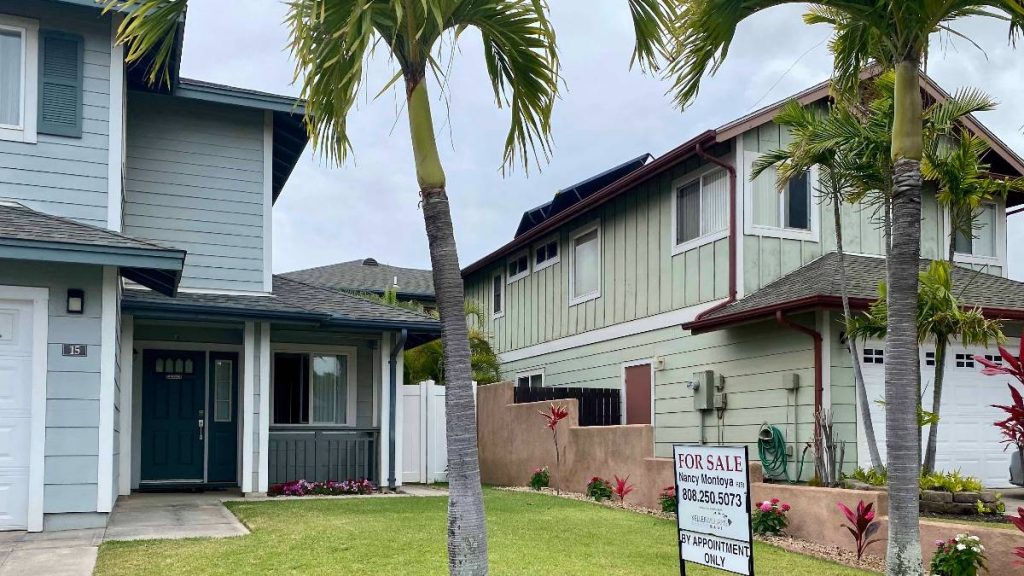Report: Maui home prices drop, but high interest rates deter buyers, developments

Maui home prices have dropped 13% since May, but higher interest rates have pushed out many potential buyers, according to a new report released today by University of Hawaiʻi Economic Research Organization.
Falling home prices and surging interest rates will likely hinder new housing construction, while steeper lending rates will result in higher costs for developers financing new construction, the report added.
Hawaiʻi’s housing market is included in UHERO’s new economic forecast. Today’s report has a darker global outlook but echoes much of its September predictions: Hawai’i will dodge a coming US downturn thanks to Japanese visitors and public sector construction.
UHERO’s new report said several factors point to weaker demand for new housing, such as the number of home sales dropping dramatically, and the longer length of time homes are sitting on the market before sale.
Also, high interest rates are significantly reducing overall housing affordability. Interest rates reached a nearly 20-year high of 7.1% in November. Now, they’re hovering near 6.6%.
One year ago, to purchase the median-priced single-family home on Oʻahu with a 20% down payment and a 30-year fixed-rate mortgage would require $3,390 in monthly mortgage payments, the report said. Today the same transaction would require $5,560 in monthly mortgage payments.
Nationally, applications for new mortgages have fallen by more than 40%, and figures for Hawaiʻi showed a 56% year-over-year drop in October.
Reduced affordability will increase the cost of developments with affordable unit requirements, likely resulting in some project delays or cancellations. Maui County has affordable unit requirements for its residential developments.
Permitting delays also add to development costs, UHERO said.
When it comes to demand, new home developers are saying they are selling properties on a first-come, first-served basis rather than using lotteries. Nationally, new single-family home developments have fallen 18% year over year. UHERO said no comparable data is available for Hawaiʻi.
Overall, the report today said the global outlook continues to darken, but prospects for Hawaiʻi remain largely unchanged from the last report.
“Rising interest rates, dwindling pandemic era savings, and the coming US downturn will cause a pause in growth next year,” UHERO said. “But the belated recovery of the Japanese visitor market and surging public sector construction will prevent a recession in the Islands.”
To view the fourth quarter forecast, “Global war on inflation will hinder Hawaiʻi growth,” visit UHERO’s website.









